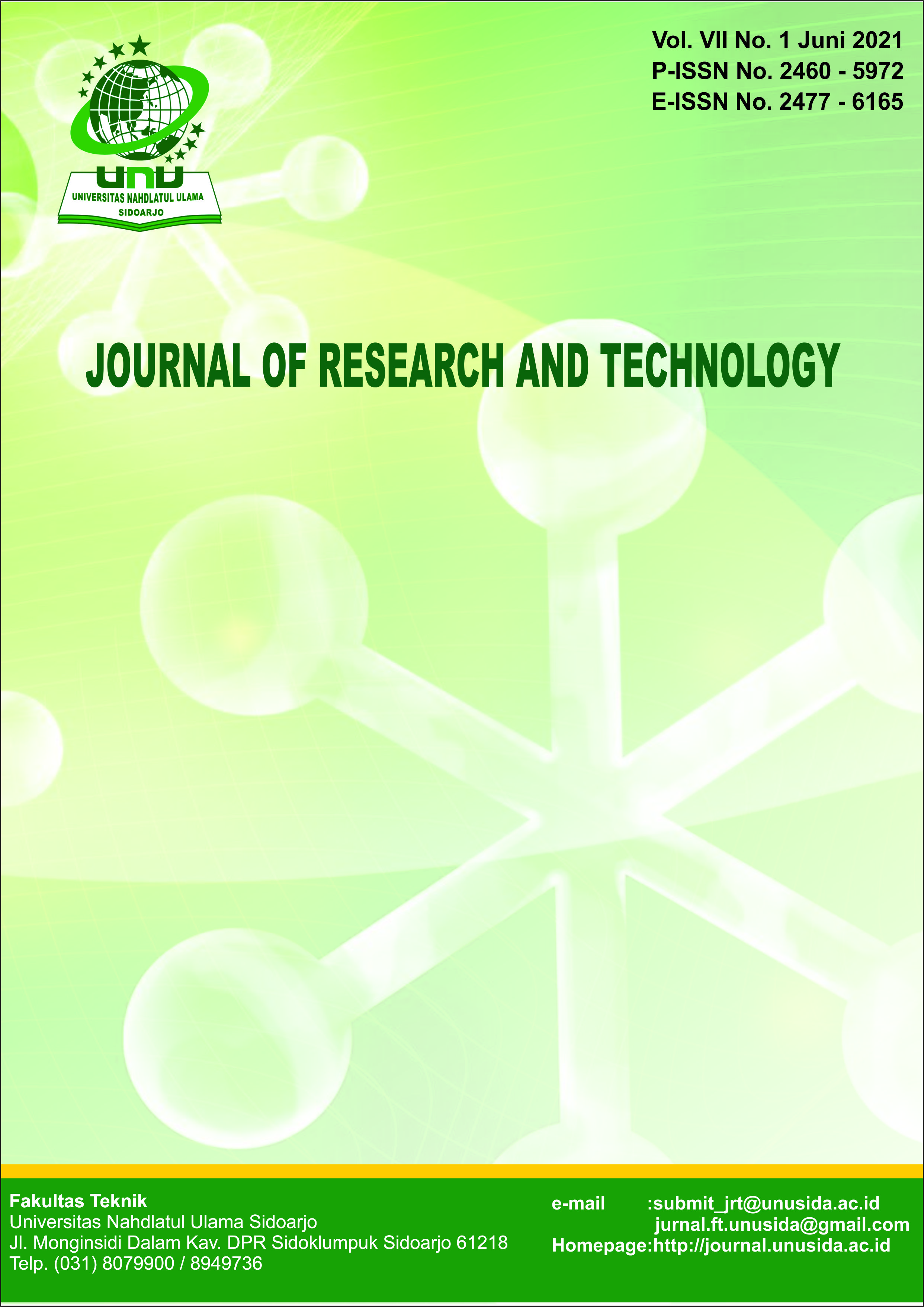Pengaruh Konsentrasi NaOH, Urea, dan Rumen terhadap Performa Generator Berbahan Bakar Biogas
DOI:
https://doi.org/10.55732/jrt.v7i1.430Keywords:
Generator Set Engines, NaOH, Urea, Rumen, Biogas, Performance, Electrical EnergyAbstract
Biogas is a gas produced from anaerobic activity or the fermentation of organic materials, including human waste, animal waste, and waste. Biogas from cow dung can be used as an alternative fuel. In this study, biogas is used as fuel with the addition of variations of NaOH, urea, and rumen to the modified gasoline generator set engine so that it can work to generate electricity. This research was conducted by experimenting with varying nutrients, namely NaOH, urea, and rumen. Besides that, variations in the electrical load are carrying out for 15, 20, 25, 30, 35, 40, and 45. This is intended to determine the performance of the electrical energy produced. From the test, it was found that the voltage and engine speed of the generator set tended to decrease for the addition of variations in the electric load. Meanwhile, current, power, torque, average adequate pressure, and total efficiency increase for all additional electric load variations. The results showed that the most incredible efficiency was using 43.57% NaOH nutrition. For the variation of Urea nutrition in biogas, obtained total efficiency of 42.16%. Meanwhile, rumen nutrition variation has the most negligible efficiency than other nutritional variations, 39.55%.







